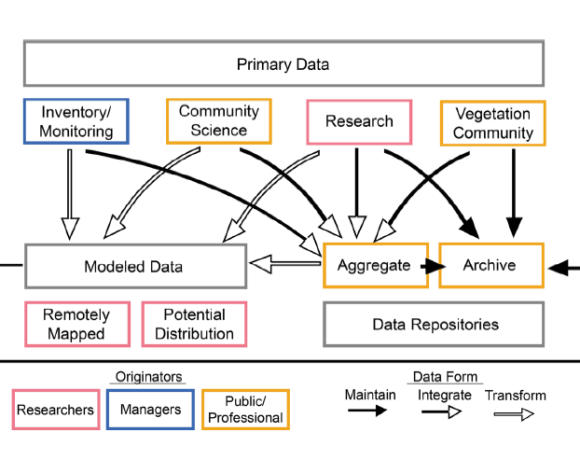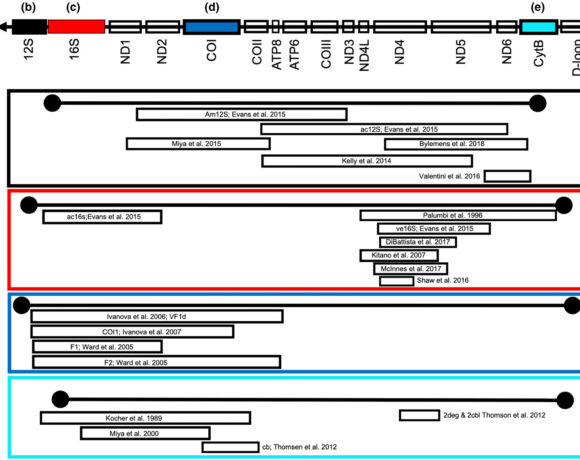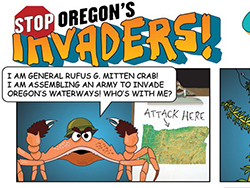A problem of metaphors: Rethinking invasive species education
Katrina Maggiulli (2022) Teaching invasive species ethically: using comics to resist metaphors of moral wrongdoing & build literacy in environmental ethics, Environmental Education Research, 28:9, 1391-1409, https://doi.org/10.1080/13504622.2022.2085247
Summary written by Justin Dalaba, edited by Carrie Brown-Lima
How can we better structure invasive species messaging to build environmental literacy in ethical decision-making? Process-oriented storytelling may offer a more productive approach for educational programming in the United States.
Summary
Conservation is a ‘crisis discipline’ where science and education must move quickly to prevent potential delay in action and catastrophic consequences. In the field of invasive species, where there is an urgent need for public attention, oversimplified and sensationalized narratives may fail to capture the complicated reality and ethical decision-making process that go into management. This is true for the long-leaned-on, xenophobic rhetoric that has been reinforced through popular media: good-native vs. evil-invasive. Just as we need to re-evaluate invasive species management in response to ecosystem changes over time, the same is true for restructuring education tools in response to shifting value systems. In this thought-provoking article, Maggiulli makes the case for process-based learning through storytelling as a more productive educational strategy to build literacy in ethical environmental decision-making. The paper first dives into the unsettled ethics and value-laden nature of invasive species science and management. Maggiulli then examines freely available educational tools from the U.S. Department of Agriculture, Oregon Invasive Species Council, and the widely remixed ‘Wanted’ poster activity. The author argues that comics can be a productive education tool because they inspire critical thinking, engagement from underrepresented students, foster inquiry-based learning, and provide a space for multimedia representation and translation of scientific concepts. As the author puts it, this strategy “infuses environmental education with an ethically critical lens that is essential for developing environmentally conscious students.” While comics are not the only vector for re-envisioning invasive species education, they offer potential for restructuring public understanding of ethical problem solving on invasive species through invested critical thinking.
Key take-aways:
- Translation of scientific content into comics can offer a creative way of engaging with material that fosters deeper critical thinking and engagement
- When students are encouraged to question and reconsider invasive species messages, more complicated understandings of species interactions and environmental management are likely to emerge through narratives
- A ‘production-oriented model’ is an essential step toward educating students on how decision-making is an ongoing process and a group effort
- A fundamental shift in educational programs will require adequate support through workshops, colleague peer-level support, or institutional support from schools
Recommendations:
- Outreach professionals can take a methodologically similar approach to their education programming by encouraging others to explore what it is like to be in the shoes of a conservation biologist or land manager, researching and making their own decisions, such as: What species will be featured? What are the potential management strategies? How will the problem be identified? How will human characters interact with the species?













